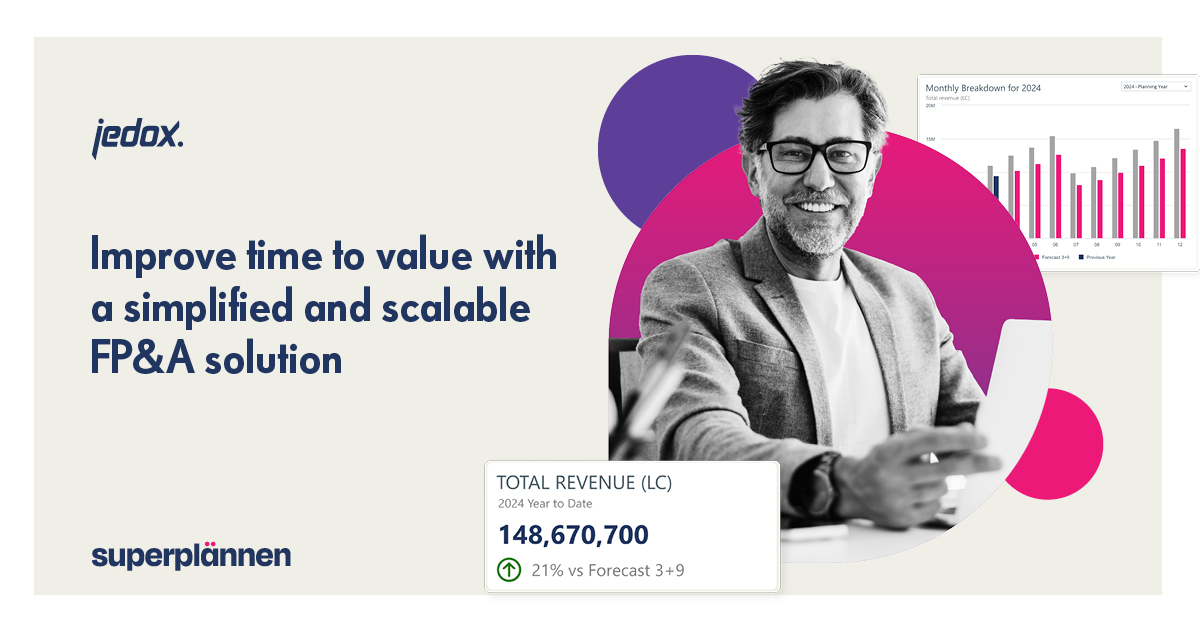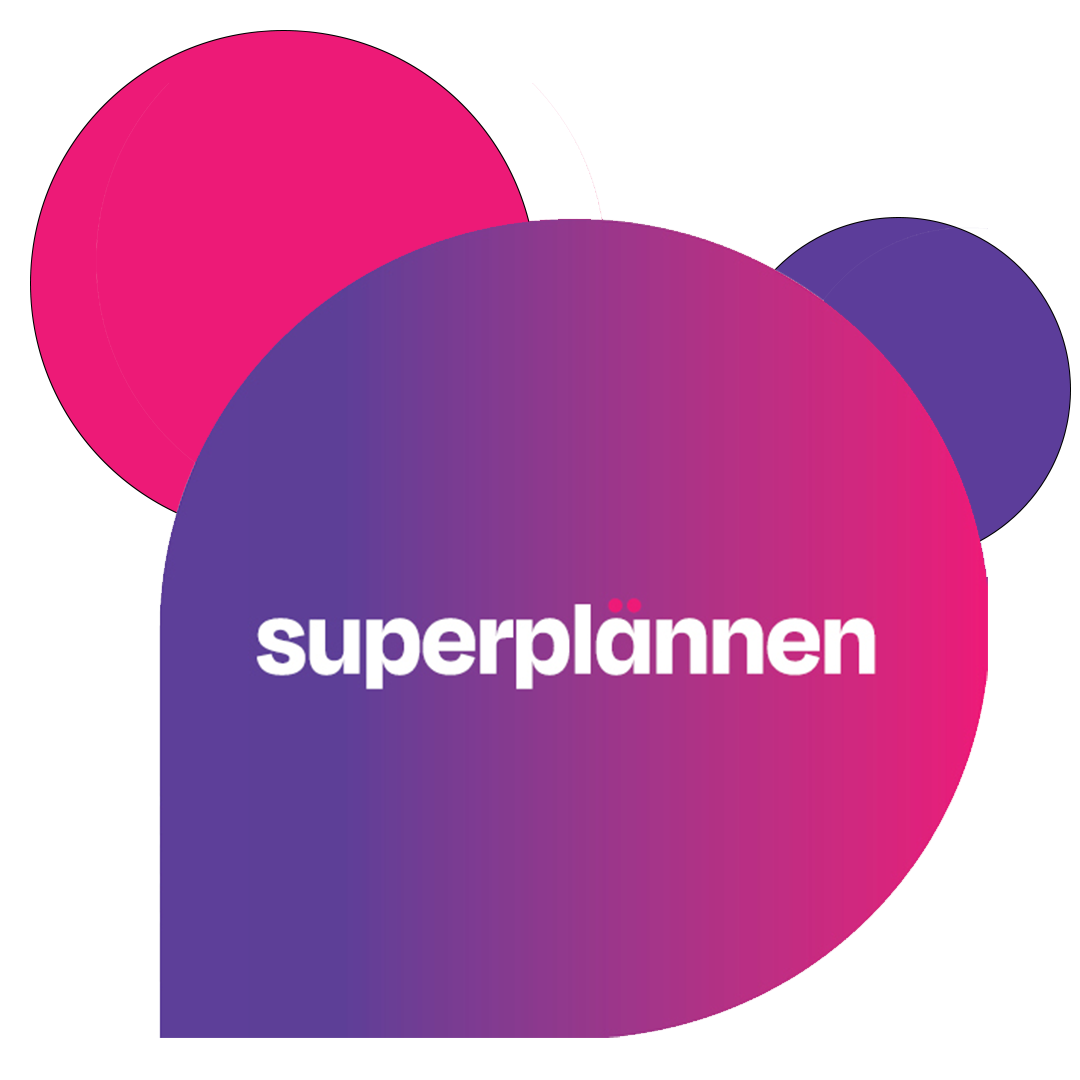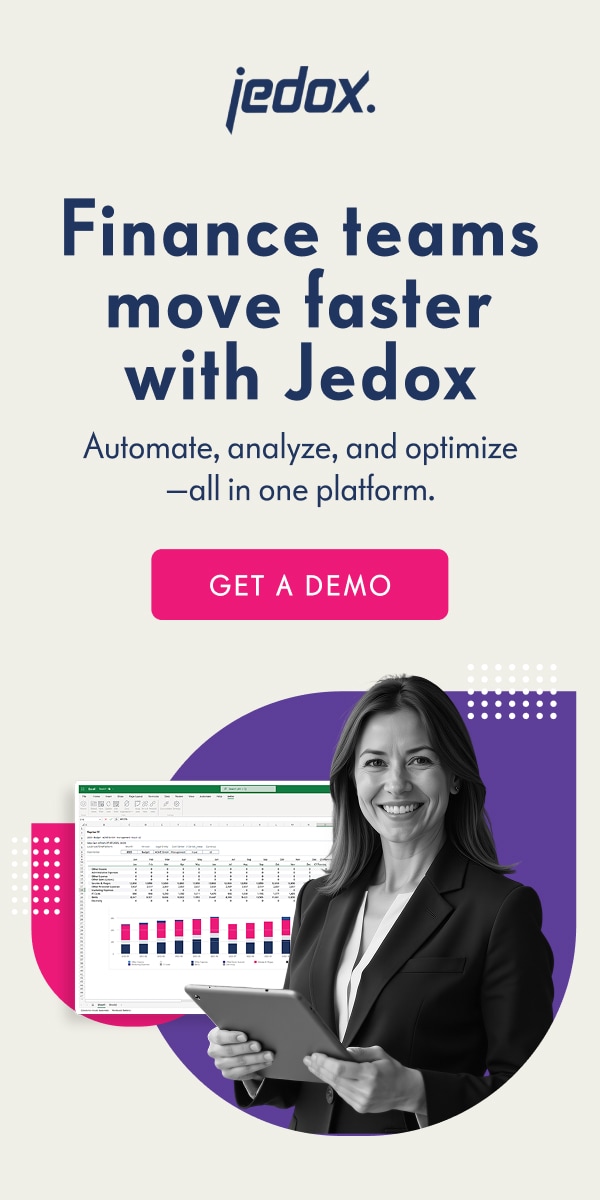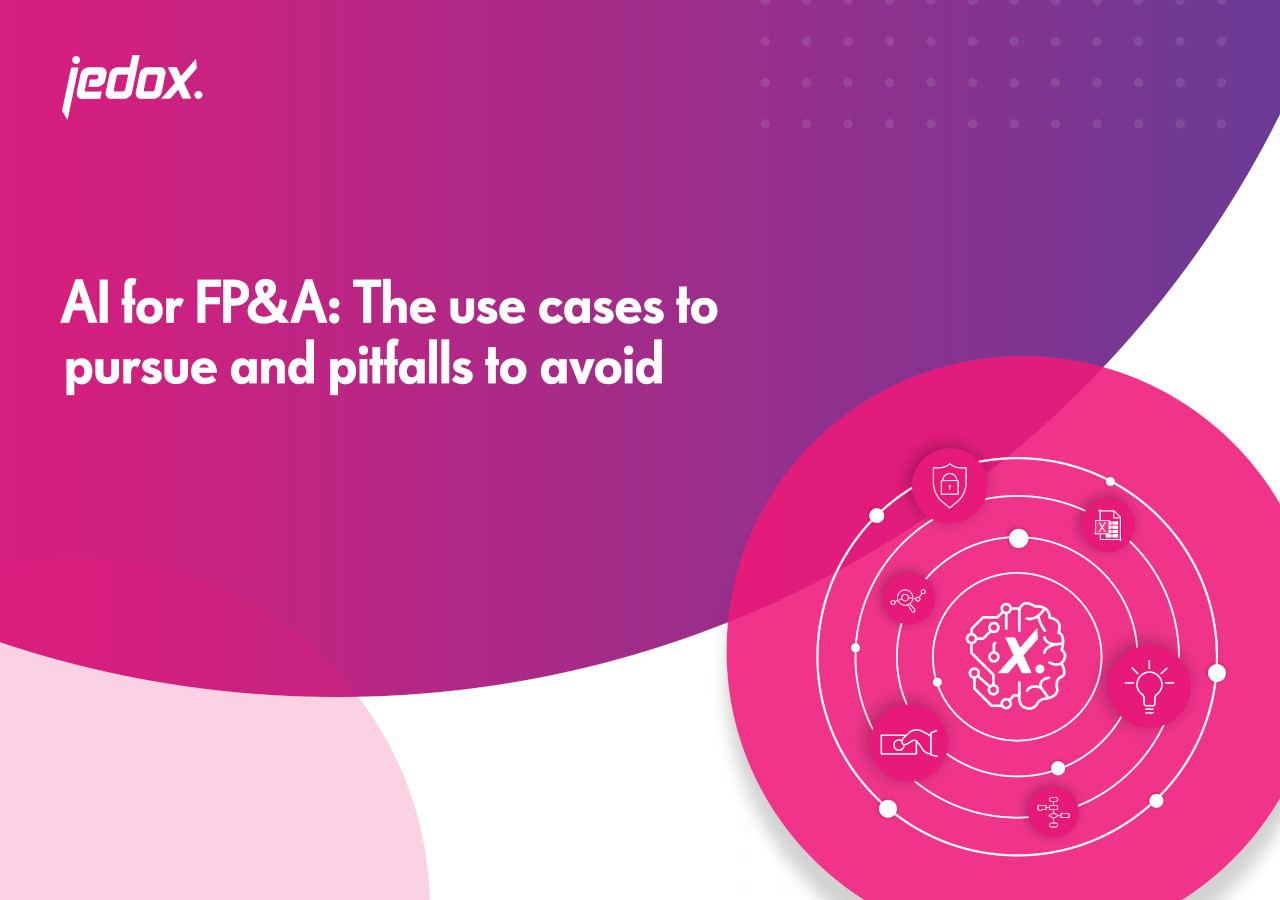
What is CapEx?
Investing in fixed assets can be risky. You want to be well informed about longevity, loss in value and increase in performance before making a purchasing decision that can impact your company’s future. What are capital expenditures, what risks and opportunities are there, and how are the costs calculated? This article offers answers to these most burning questions.
What is CapEx?
CapEx (short for Capital Expenditures or Capital Expenses) describe significant goods and services that are purchased to improve a company’s future performance. Typically, capital expenditures are for fixed assets, like property, plants, and equipment (short PP&E), thus making it a long-term investment. Repair and upgrades of fixed assets are also considered capital expenditures.
What type of investment are capital expenditures?
Typical purchases that can be considered capital expenditures are physical assets, such as manufacturing plants, building improvements, equipment, computers, machinery, vehicles, and trucks. Longevity is one of the most important features of CapEx since companies benefit from the acquisitions beyond the duration of one tax year. This also means that an asset that benefits a company for longer than one year must be capitalized on the balance sheet.
CapEx formula
There are two ways to calculate a company’s capital expenditures. The direct way is to simply add all the business transactions for fixed assets, like properties or equipment. Sometimes, this calculation is automatically performed by the company’s ERP (Enterprise Resource Planning) software.
When the CapEx doesn’t show in the cash flow statement, however, analysts use the indirect calculation method. To calculate capital expenditures this way, depreciation is added to the change in fixed assets. Depreciation must be added as it describes the loss in value of fixed assets.
Capital Expenditures can be calculated as follows:
CapEx = ΔPP&E + Current Depreciation
(ΔPP&E = Change in property, plant, and equipment)
Sample calculation:
A company has $3M worth of fixed assets in the balance sheet and buys a new machine for $500k. Beyond this cost, depreciation of $200k must also be documented in the balance sheet for the year, as a new machine typically quickly loses value. The capital expenses of the new machine thus amount to $700k (purchase of machine plus depreciation). If you didn’t take depreciation into account, an outsider could assume the total value of fixed assets is $3.5M and they would consequently assume the wrong CapEx. This would underestimate their tax exposure as well as overall profitability, among other errors.
CapEx can also help evaluating if a company is growing or shrinking. If CapEx are greater than depreciation, a business is growing. Accordingly, if CapEx are smaller it means the business is shrinking.
CapEx vs. OpEx
OpEx is short for Operating Expenditures and describes an organization’s day-to-day expenses. While with CapEx the financial benefits of the expenses usually extend beyond one accounting year, OpEx are the short-term expenses that are necessary to keep the business operational on a daily basis. Typical OpEx are salaries, rent, taxes, or cost of goods sold (COGS). If you take a tractor for example, the tractor itself would be a capital expense, while the gasoline is an operating expense. Operating expenditures, unlike capital expenditures, can be entirely deducted from a company’s taxes in the same year they occur, and they usually recur every year.
Benefits and risks of CapEx
As with everything in business there are benefits and risks in capital expenditures. One of the benefits is improved efficiency when the investments work in the company’s favor, while on the other hand an organization may fail to perform as expected. A company can gain a competitive edge through long-term investments, but it might also result in losses and a diversion of funds that could have been allocated somewhere else.
To avoid additional costs, it is recommended to create a solid capital expenditure plan and use a CapEx software. Usually, CapEx represents a substantial investment. A return on investment over a certain number of years is anticipated and desired. Hence, organizations need a plan that takes all costs, market expectations and potential business growth into consideration. Then, they should carefully execute this plan.
CapEx: benefits of planning software
A software solution can automate calculations and highlight capital-related KPIs. It allows users to upload assets from any source and gain a full understanding of financial measures. The Jedox Capital Expenses solution does exactly that while integrating with the Jedox platform for a wider view and control over the business.

